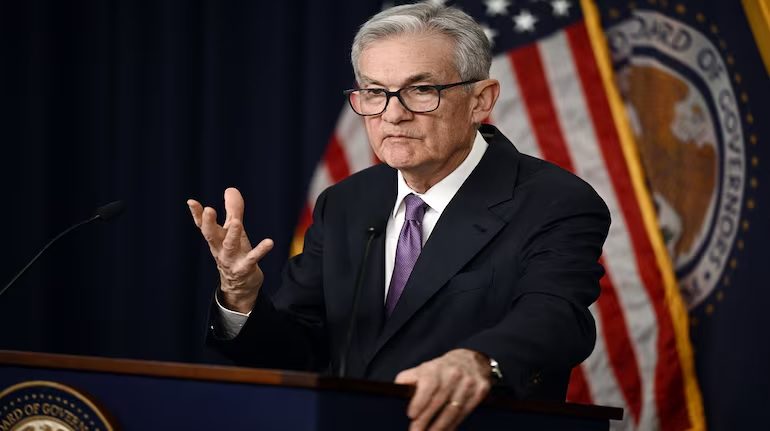KATHMANDU: In a historic move, the US Federal Reserve has cut interest rates for the first time in four years, signaling concerns over slowing global growth and escalating trade tensions. The central bank reduced its benchmark rate by a quarter percentage point, bringing the target range down to 4.75%-5%, marking a significant shift in monetary policy.
Fed Chair Jerome Powell stated that the rate cut is intended to “insure against downside risks” to the US economy, pointing to uncertainty around trade wars and weakening global demand. Despite steady job growth and low unemployment, Powell highlighted that inflation has remained below the 2% target, another factor driving the decision to ease monetary conditions.
This cut breaks the Fed’s tightening cycle that began in 2015, when the central bank last raised rates to curb inflation and stabilize the post-recession recovery. However, with trade tensions between the US and China intensifying and fears of a global economic slowdown growing, the Federal Reserve’s decision reflects a more cautious approach to support continued economic expansion.
The financial markets reacted swiftly to the announcement, with the US dollar weakening against major currencies and stock markets initially rallying before settling with mixed results. Investors are now speculating on whether more rate cuts will follow in the coming months, as the global economic outlook remains uncertain.
President Donald Trump, a frequent critic of the Federal Reserve’s monetary policies, had repeatedly called for deeper rate cuts to boost US economic growth, but Powell emphasized that the Fed’s actions are independent of political pressure. The decision was not unanimous, with two Federal Reserve policymakers voting against the cut, suggesting divisions within the central bank over how to address the challenges facing the economy.
Experts believe this rate cut will have a ripple effect across the global economy, influencing borrowing costs, investment flows, and currency values worldwide. For emerging markets like Nepal, which have strong ties to the US economy through trade and remittances, lower US interest rates may ease pressure on the exchange rate and foreign investment dynamics.
The Federal Reserve’s next move will be closely watched as policymakers navigate an increasingly volatile economic landscape, balancing domestic growth with external risks.

